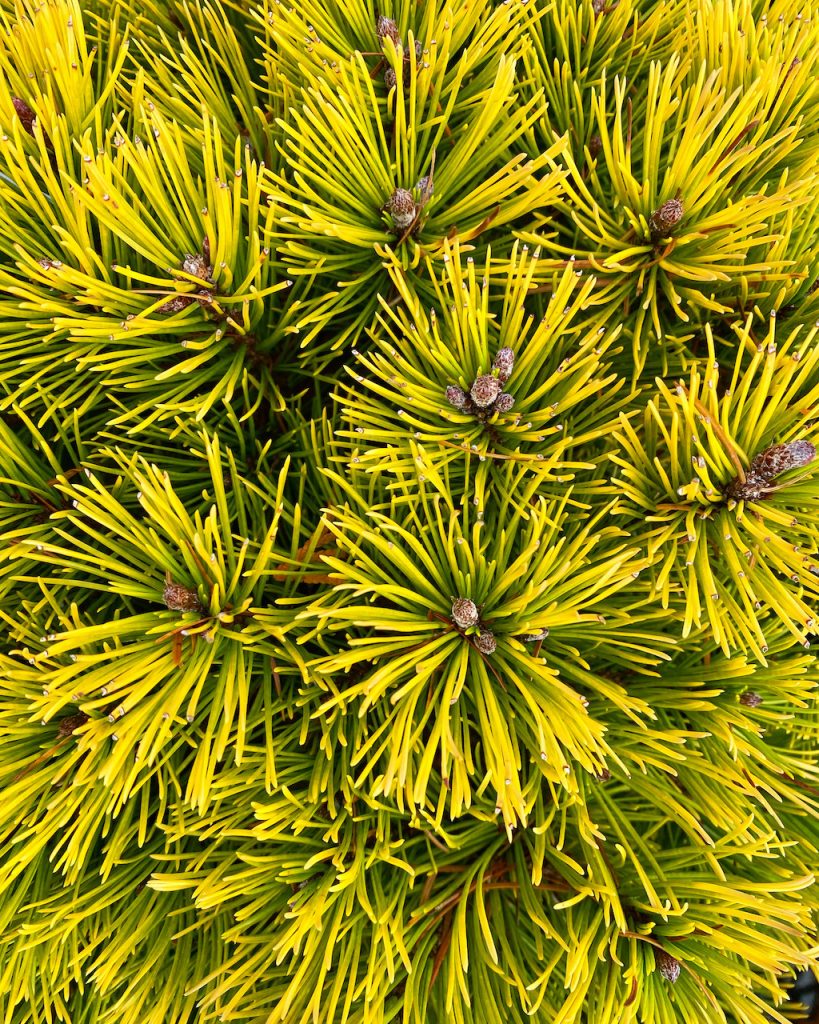When planning outdoor spaces, light is a primary consideration that informs the design process.
From an aesthetic viewpoint, good lighting serves to highlight the garden’s focal points and accentuate garden features. Good lighting can also be a safety consideration—it enables you to navigate the garden at night.
The availability of natural light during the day and from season to season is a key factor in garden design. Sunlight, partial sun, and shade will determine which plants you select and the roles they’ll play in the overall plan of the garden.
I also consider light in landscape design in a more abstract way—the effects created by natural light and how to leverage them when planning a garden. In comparison to the rest of the year, wintertime landscapes may seem spartan. However, when the angle of the sun is low, shapes, shadows, and silhouettes created by trees, shrubs, and garden features add interest and dimension to outdoor spaces.
During wintertime, deciduous trees are no longer obscured by foliage and more light comes through their canopies. The architecture of branching patterns and texture of bark is revealed by sunshine and by light that reflects off the snow. That’s why the peeling cinnamon-color bark of Acer griseum (Paperbark Maple) brings such warmth to a garden on a chilly day. At night, trunks and branches illuminated by moonlight or frosted by snow create dramatic patterns against the nighttime sky.
Although most conifers (shrubs and trees that produce cones) are green, variations available in nurseries include an array of colors, shades, and variegation. For example, Carsten’s Wintergold Mugo Pine (Pinus mugo Carsten’s Wintergold) reflects light when it turns bright gold during winter. By contrast, conifers with dark green needles, including many conifers trees native to the Pacific Northwest (such as the Douglas Fir), absorb light and recede into the background on dark winter days. They become essential structural elements that form the backbone of a garden. Throughout the year, these dark conifers will contrast with showy seasonal plants. That’s why the fine texture and rich greens of the genus Taxus (Yew) look consistently elegant as a background plant, hedge, or foundation planting.
Are you inspired by what lighting can do and what you can do with lighting? Now is the time to consider changes and improvements to your garden in time for spring 2022.
If you’re looking for more ideas, please contact me for a design consultation to learn about landscape design or how to maximize the impact of plantings for any spot in your garden.

